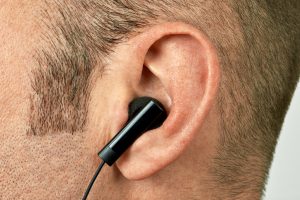
Senior researcher Dr. Charles Tegeler explained, “Your brain gets to listen to the song that it’s playing. It gets to look at itself in an acoustic mirror. Somehow that rapid update gives the brain a chance to auto-calibrate, self-optimize, relax, and reset.”
One of the studies found that 10 men and women achieved significant reductions in their blood pressure after an average of 18 sessions of the sound-based therapy.
The systolic blood pressure was reduced on average from 152 to 136 mm Hg, while the diastolic pressure dropped from 97 to 81. A healthy blood pressure reading is 120/80.
Dr. Raymond Townsend, a professor and director of the hypertension program at Penn Medicine, added, “This is not a drug, and it’s not technically anything invasive. If you can produce a sustained reduction in blood pressure by something like this, especially of this magnitude, you’ve got my interest.”
In an alternative study, 52 adult migraine sufferers received 16 therapy sessions over the course of nine days. After the therapy, they reported a reduction in insomnia, mood, and headaches.
The sound therapy seems to help realign the autonomic nervous system by providing a form of biofeedback. The autonomic nervous system unconsciously controls the function of internal organs and helps regulate bodily functions, including heart rate, digestion, and respiration.
The therapy is called high-resolution, relational, resonance-based, electroencephalic mirroring (HIRREM). So far, it has been tested on 400 people through different studies.
According to the results in the previous studies, the therapy has been shown to improve depression, insomnia, and even stress anxiety. Future studies are looking at its ability to help with post-traumatic stress disorder and symptoms of traumatic brain injury. Larger studies are in the works to confirm its benefits for lowering blood pressure.